~ WE NEED YOUR HELP ~
WE HAVE THE POWER
TO PREVENT
ANOTHER SUCH TRAGEDY!

 The human loss of the Lac-Mégantic tragedy is almost beyond belief. Together, we can make sure this never happens again.
The human loss of the Lac-Mégantic tragedy is almost beyond belief. Together, we can make sure this never happens again.
On July 5th, as most people in Lac-Mégantic slept, a freight train hauling 72 tank cars of crude oil derailed in the middle of the small Quebec town.1 Many of the old, dangerous tank cars split open. The oil burst into flames and explosions shook the town as burning oil flowed through the streets.
The fires blazed for two days, destroying half of the downtown, and leaving 38 confirmed dead, with a dozen still missing in a town of 6,000. This is the deadliest rail disaster in Canada in nearly 150 years.2,3 The human loss is almost beyond belief, and our hearts and prayers are with the people who are grieving and rebuilding in Lac-Mégantic. Now, dozens of organizations across Canada, from Quebec’s Équiterre to Public Interest Alberta, are coming together to make sure a disaster like this never happens again, and they are asking for your help to make sure the federal government listens.
 Please click here to tell Prime Minister Harper and the new Minister of Transport, Lisa Raitt, that you demand an immediate ban on using dangerous 111A tank cars to transport oil, and join the call for a full review of how dangerous fuels like oil and gas are transported through our communities – by train, pipeline, and truck.
Please click here to tell Prime Minister Harper and the new Minister of Transport, Lisa Raitt, that you demand an immediate ban on using dangerous 111A tank cars to transport oil, and join the call for a full review of how dangerous fuels like oil and gas are transported through our communities – by train, pipeline, and truck.
Government and industry have known for years that it’s extremely dangerous to carry oil in the old “111A” tank cars that exploded in Lac-Mégantic.4 Yet, the government has removed common-sense safety regulations, and has failed to implement necessary oversight for shipping the dangerous fuel.5
Back in 1994 the Transportation Safety Board of Canada wrote that 111A tank cars have a flawed design and a “high incidence of tank integrity failure” during accidents. Since then, the government has ignored repeated warnings while companies have used more and more old rail cars to transport dangerous fuels through communities across the country.6,7
Despite the tragedy, the federal government is still denying the need for a full review and better safety regulations. On Friday, Larry Miller, the Conservative MP who chairs the government’s Transport committee, dismissed calls for a review of Transport Canada’s safety regulations.8
The tragedy in Lac-Mégantic shows us just how devastating it can be when governments put oil company interests before community safety. As our hearts go out to all those affected, we can work together to make sure this never happens again in any community from coast to coast to coast.
Please click here to demand a ban on 111A tanker cars and an independent safety review of all oil and gas transportation.
http://www.leadnow.ca/lac-megantic
The quiet increase of oil and gas transportation in recent years – through pipelines, rail and trucks – is putting our communities, livelihoods and environment in harm’s way. More and more people are concerned about the risks of these dangerous fuels, and we deserve to have a say in decisions that affect all of our lives.
We need to act now before the media moves on and attention fades. If enough of us speak out now, we can force the new Minister of Transport, Lisa Raitt, to take the first steps necessary to protect our communities.
Thanks for all you do.
With hope and respect,
Matthew, Sanna, Cam, Jamie, Maggie and Emma on behalf of the Leadnow.ca team
P.S. Did you know the railway industry has been lobbying the federal government to make our safety regulations even weaker?9 An immediate ban on old, dangerous, tank cars and a full safety review is the first step in making sure a tragedy like Lac-Mégantic never happens again. Send your message now.
THANK YOU FOR CARING!
Please support the Leadnow.ca community!
We’re funded by people like you, and our small, dedicated team and growing community make sure your donation goes a long way. Every dollar helps. You can donate online at http://www.leadnow.ca/en/donate
Leadnow.ca is an independent campaigning community that brings Canadians together to hold government accountable, deepen our democracy and take action for the common good. You can follow us on Twitter, Facebook and Google+.
Sources:
[1] The equation of a disaster: what went wrong in Lac-Mégantic (Globe and Mail)
http://www.theglobeandmail.com/news/national/the-equation-of-a-disaster-what-went-wrong-in-lac-megantic/article13214911/
[2] Lac-Megantic death toll climbs to 37 (CBC)
http://www.cbc.ca/news/canada/montreal/story/2013/07/15/quebec-lac-megantic-rail-disaster.html
[3] Quebec train crash’s missing all presumed dead, police say; attention focuses on CEO (The Washington Post)
http://articles.washingtonpost.com/2013-07-11/world/40499565_1_quebec-alberta-oil-sands-brakes
[4] Rail cars like those in Lac-Mégantic disaster are prone to puncturing (Globe and Mail)
http://www.theglobeandmail.com/news/national/rail-cars-like-those-in-lac-megantic-disaster-are-prone-to-puncturing/article13080359/
[5] Tories dismiss need for review of critical audit of Transport Canada following Lac-Megantic disaster (Vancouver Sun)
http://www.vancouversun.com/news/national/Tories+dismiss+need+review+critical+audit+Transport+Canada/8654008/story.html
[6] Safety rules lag as oil transport by train rises (CBC)
http://www.cbc.ca/news/canada/british-columbia/story/2013/07/08/f-lac-megantic-oil-rail.html
[7] Rail cars like those in Lac-Mégantic disaster are prone to puncturing (Globe and Mail)
http://www.theglobeandmail.com/news/national/rail-cars-like-those-in-lac-megantic-disaster-are-prone-to-puncturing/article13080359/
[8] Tories dismiss need for review of critical audit of Transport Canada following Lac-Megantic disaster (Vancouver Sun)
http://www.vancouversun.com/news/national/Tories+dismiss+need+review+critical+audit+Transport+Canada/8654008/story.html
[9] Railways have been lobbying against more stringent safety regulations (Montreal Gazette)
http://www.montrealgazette.com/news/Railways+have+been+lobbying+against+more+stringent/8654175/story.html

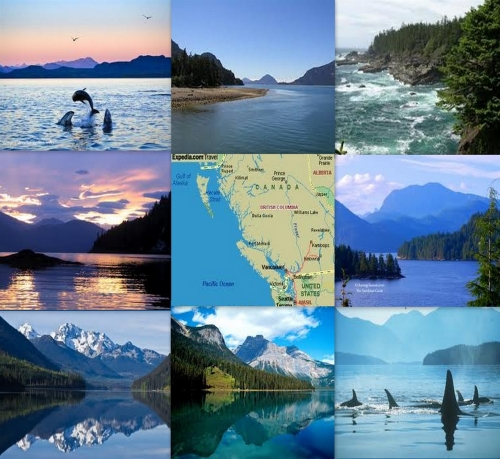

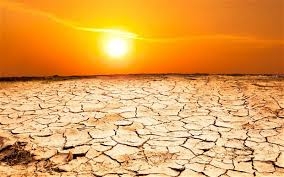












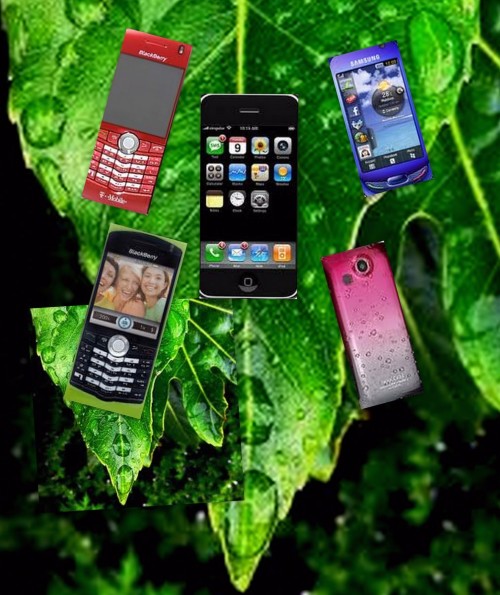










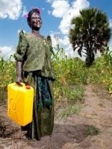




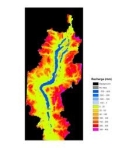







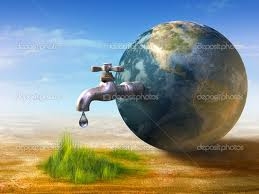




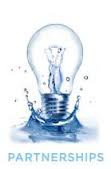 Meeting domestic challenges through innovative solutions will strengthen the research base and the capabilities and competitiveness of Canadian water companies. This means efforts to balance federal and provincial budgets must not come at the expense of research or improvements in
Meeting domestic challenges through innovative solutions will strengthen the research base and the capabilities and competitiveness of Canadian water companies. This means efforts to balance federal and provincial budgets must not come at the expense of research or improvements in 
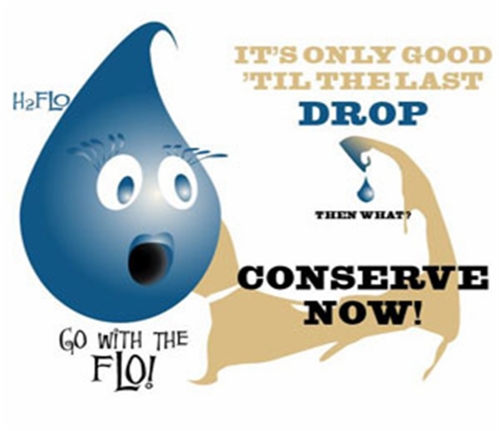
 More and more of my friends are flushing their toilets less and less. In fact, some of us are even flushing each other’s toilets less and less. That may sound like a ghastly breach of etiquette to the vast majority of
More and more of my friends are flushing their toilets less and less. In fact, some of us are even flushing each other’s toilets less and less. That may sound like a ghastly breach of etiquette to the vast majority of  Most of us have barely begun to size up our carbon footprint, and the concept of “peak oil” is just starting to seep into the MSM. But Jon Gertner’s chilling story on the
Most of us have barely begun to size up our carbon footprint, and the concept of “peak oil” is just starting to seep into the MSM. But Jon Gertner’s chilling story on the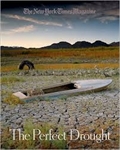 cover of Sunday’s
cover of Sunday’s 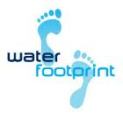
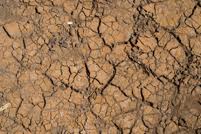
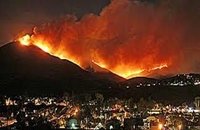 from San Diego to Santa Barbara
from San Diego to Santa Barbara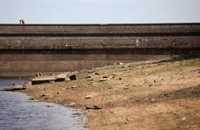 compounded by climate change has left reservoirs at an all-time low just when more and more people are relocating to the increasingly arid West. There’s not enough water to meet the growing demands of agriculture and development, and the situation is only going to get worse—much, much worse, according to the experts Gertner interviewed.
compounded by climate change has left reservoirs at an all-time low just when more and more people are relocating to the increasingly arid West. There’s not enough water to meet the growing demands of agriculture and development, and the situation is only going to get worse—much, much worse, according to the experts Gertner interviewed.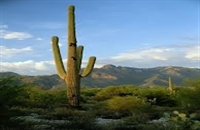 have a shrinking clean water supply. Those are on colliding paths…the people who move to the West today need to realize they’re moving into a desert…if they want to live in a desert, they have to adapt to a desert lifestyle.”
have a shrinking clean water supply. Those are on colliding paths…the people who move to the West today need to realize they’re moving into a desert…if they want to live in a desert, they have to adapt to a desert lifestyle.”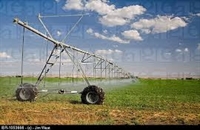 Those of us who hail from the irrigated deserts of California are familiar with the water-wise mantra “If it’s yellow, let it mellow; if it’s brown, flush it down,” or what Treehugger has dubbed “
Those of us who hail from the irrigated deserts of California are familiar with the water-wise mantra “If it’s yellow, let it mellow; if it’s brown, flush it down,” or what Treehugger has dubbed “ On this side of the Atlantic, the squandering of water is not only accepted, but expected.
On this side of the Atlantic, the squandering of water is not only accepted, but expected.  And then there’s the ubiquitous American lawn, utterly unsuited to much of the country’s climate, yet mandated by local ordinances… I was delighted by
And then there’s the ubiquitous American lawn, utterly unsuited to much of the country’s climate, yet mandated by local ordinances… I was delighted by 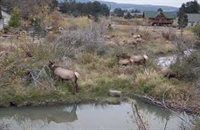 the other day devoted to a Boulder, Colorado CSA (community supported agriculture) run by a farmer, Kipp Nash, who works with suburban homeowners to convert useless lawns into productive vegetable patches.
the other day devoted to a Boulder, Colorado CSA (community supported agriculture) run by a farmer, Kipp Nash, who works with suburban homeowners to convert useless lawns into productive vegetable patches. Lettuce in lieu of lawns? If our nation’s salad bowl turns into a dust bowl, we’re going to need a nation of Kipp Nashes to keep us in greens. The impending water crisis threatens the very foundation of our current agricultural system, which not only sucks up a huge percentage of the
Lettuce in lieu of lawns? If our nation’s salad bowl turns into a dust bowl, we’re going to need a nation of Kipp Nashes to keep us in greens. The impending water crisis threatens the very foundation of our current agricultural system, which not only sucks up a huge percentage of the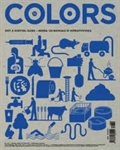 West’s water, but also spews copious amounts of chemicals back into our water supply, as Elizabeth Royte documents in her thorough–and thoroughly distressing–recent Grist feature,
West’s water, but also spews copious amounts of chemicals back into our water supply, as Elizabeth Royte documents in her thorough–and thoroughly distressing–recent Grist feature,